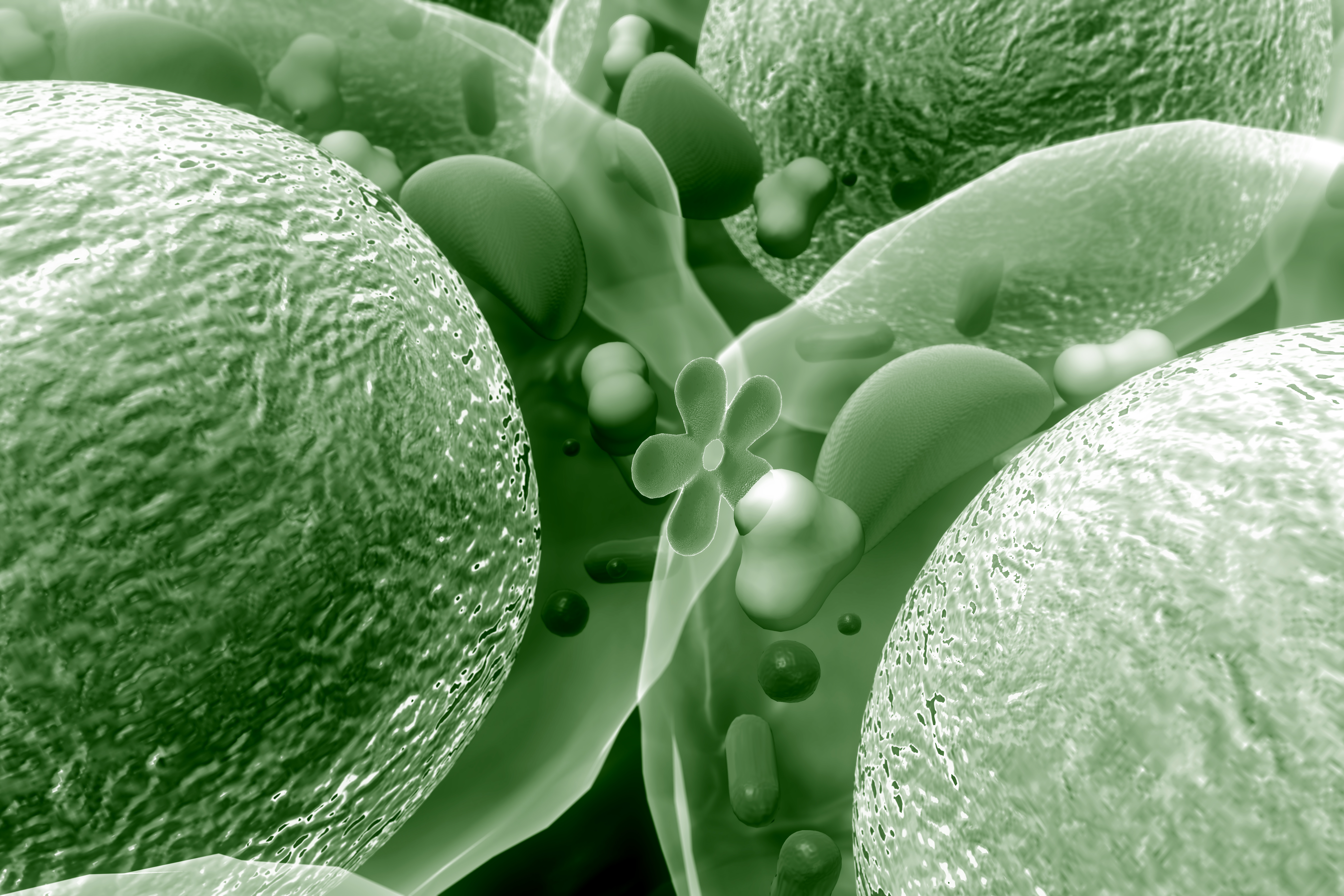Defective responses to physiological insults to the lungs leads to excessive damage and pulmonary fibrosis in the lungs of patients with Hermansky-Pudlak syndrome (HPS), according to a new study from the laboratory of Dr. Jack A. Elias at Brown University. The study, “Chitinase 3–like–1 and Its Receptors in Hermansky-Pudlak Syndrome–Associated Lung Disease,” which was published in the Journal of Clinical Investigation, is the first to identify the cause of HPS is a defect in the Chitinase-3-like-1 (CHI3L1) protein response, suggesting two therapeutic options that target the mechanism.
The spark of symptoms starts with physiological insults to the lungs in the form of smoke or dust. Normally, cells use the CHI3L1 protein to stay alive, but patients with HPS have a genetic defect that affects this process. “The body is trying to shut off the cell injury and repair itself but, because of this genetic defect, the attempt to shut off the injury does not work,” explained Dr. Elias, in a news release from Brown University. “The result is that CHI3L1 is ramped up higher and higher and higher and produces exaggerated scarring. The cost of that is the patient cannot control the injury response and gets pathologic scarring.”
Excessive cell death and increasingly higher scarring in the lungs results in compromised lung function. The research team saw these effects when they created genetic mutations in mice that led to accumulated CHI3L1 that could not reach the cell membrane of damaged cells to save the cells from death. The mutations affected the ability of CHI3L1 to traffic to the cell membrane and interact with interleukin-13 (IL-13) receptor alpha2, as the IL-13 receptor was deficient.
After identifying the problem, the researchers on the team at Brown, Yale, and the National Human Genome Research Institute manipulated HPS-mutant mice again with another genetic alteration to increase IL-13 receptor alpha2 expression. By increasing the amount of this receptor on the cell membrane, cells were able to traffic CHI3L1 to the membrane and survive.
An additional insight gained from the study was how the mutated CHI3L1 response leads to fibrosis. Scarring due to excess collagen production is a result of the interaction between CHI3L1 and CRTH2. Suppressing CRTH2 in HPS-mutant mice led to reduced scarring. These results may transition well into clinical trials, as some drug companies are already producing CRTH2 suppressors for other indications. “We have more work to do experimentally,” said Dr. Elias. “At that point, if we can show that the drugs that have already been produced by the different companies work in our model systems then taking them into man ought to move forward as quickly as possible.”
Patients with HPS are approximately one or two in a million worldwide, although in northwest Puerto Rico the HPS-1 subtype occurs once in every 1,800 people. Symptoms range from albinism to visual impairment to slow blood clotting, but the most severe symptom of lung scarring can lead to death within 10 years of the start of scarring. Pulmonary fibrosis generally presents in patients with HPS-1 and HPS-4 when they are in their 30s or 40s. By identifying the mechanism of disease involves the protein CHI3L1, researchers may be able to use the results of this study to develop diagnostic tools to detect HPS and treatments for HPS patients to extend their lives.

